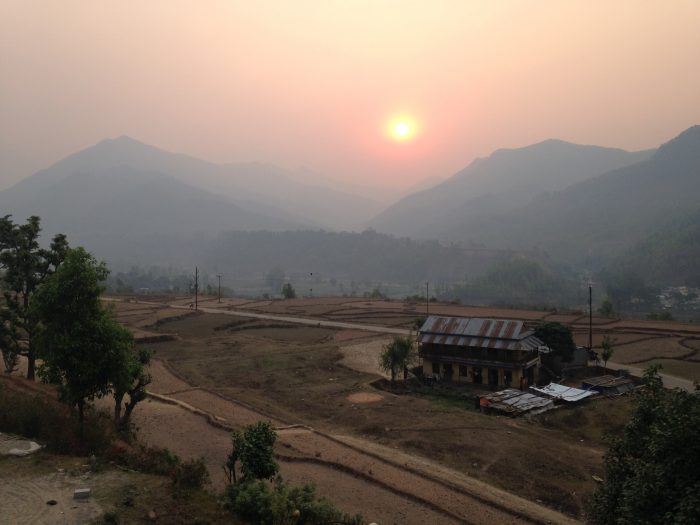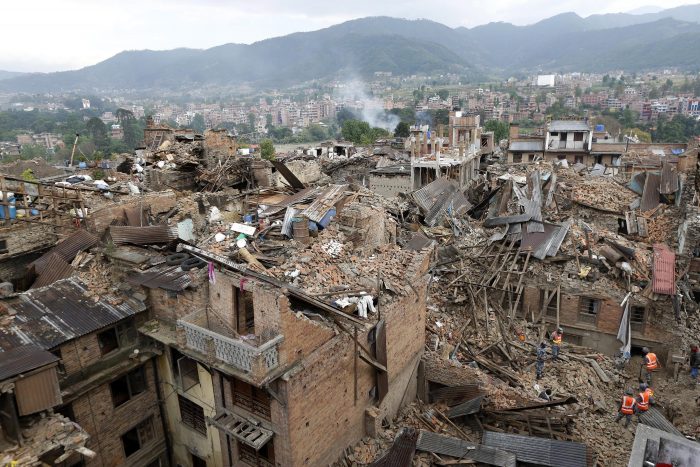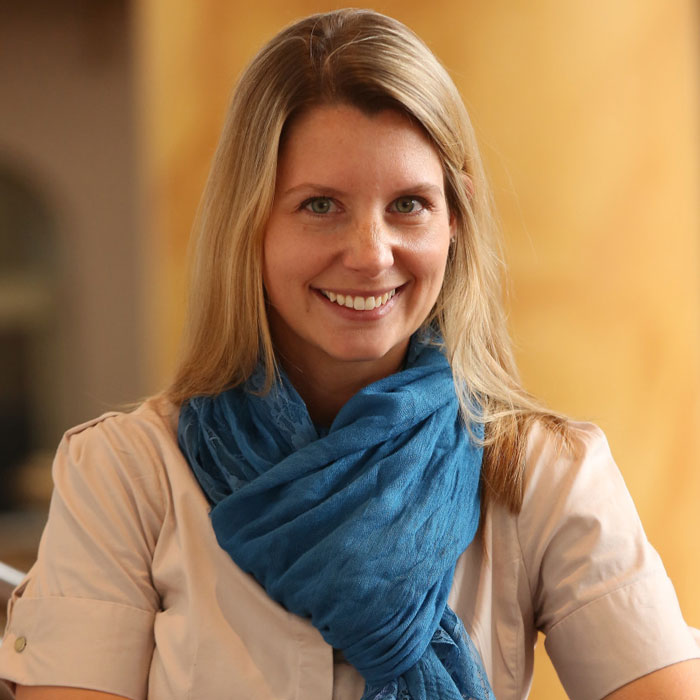Providing Hope for Nepal’s Children
Earlier this year, I had the opportunity to visit the four grantees from CDP’s Nepal Earthquake Recovery Fund at their respective work sites. Each of these grants, in a different way, focused on the needs of children and youths, specifically on interventions that would make them less vulnerable to human traffickers following the earthquake. It’s […]

Earlier this year, I had the opportunity to visit the four grantees from CDP’s Nepal Earthquake Recovery Fund at their respective work sites. Each of these grants, in a different way, focused on the needs of children and youths, specifically on interventions that would make them less vulnerable to human traffickers following the earthquake.
It’s been inspiring to see these projects take shape and work towards completion. With the exception of Project Hope’s work, which is a two-year project, the three other grants are just months away from concluding.
All Hands: Of the four schools included in this project, one is completely finished. Two of the others will be completed in December and the fourth is set to be completed in March. The schools in this project will serve more than 2,000 students annually.
PLAN International Nepal: The Child Trafficking in Emergencies project examined cases of trafficking after the earthquake and implemented community awareness and capacity-building efforts to help stop trafficking in two specific districts deemed at particular risk. This project has served more than 5,000 at-risk individuals since it began.
Shakti Samuha: A long-time anti-trafficking organization in Nepal, Shakti Samuha used its grant to focus on community awareness and targeted livelihoods support to those especially vulnerable to traffickers after the earthquake. So far, this small, but crucial grant has served more than 300 people.
Project Hope: The two-year hygiene and nutrition project undertaken by Project Hope and the Nepal Public Health Foundation hasn’t even hit the halfway point. But in a country where food and water are paramount issues to those living in the rural areas served by this grant, it’s easy to see how these basics affect the larger social problems, such as child marriage. By the time this project reaches completion, it’s expected that it will have served 8,000 to 10,000 direct beneficiaries.
Working with our grantees on their projects is truly the most rewarding part of my job. It’s been one of my greatest pleasures this past year to watch the reports and pictures from these projects come across my desk, and know, with no second guessing, that we did the best thing possible with funds trusted to us by more than 300 donors.
Here’s to continuing this work in the New Year.
More like this

Nepal’s Long, Dusty Road to Recovery

